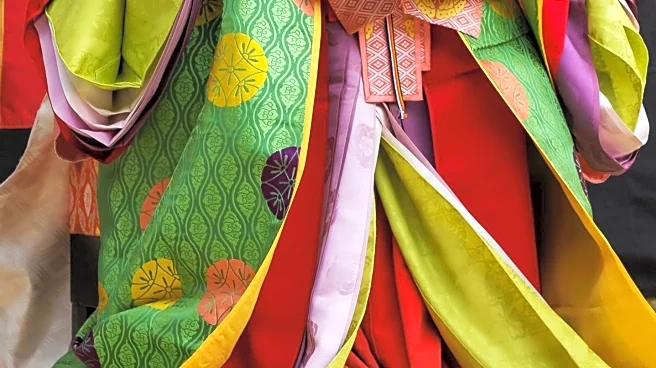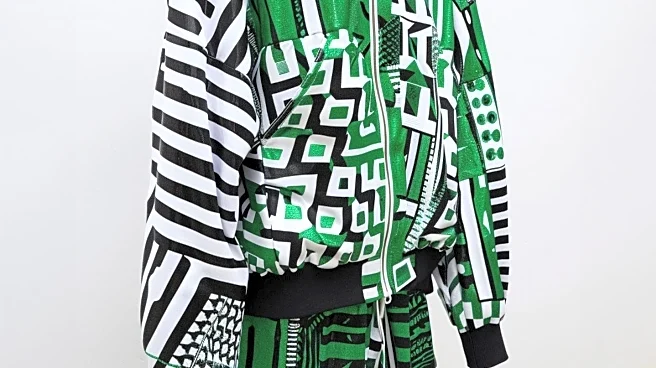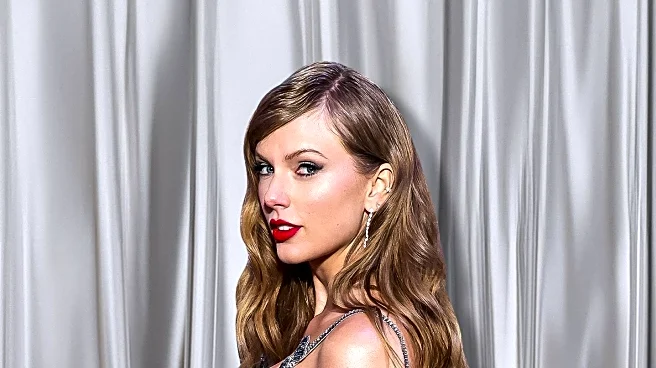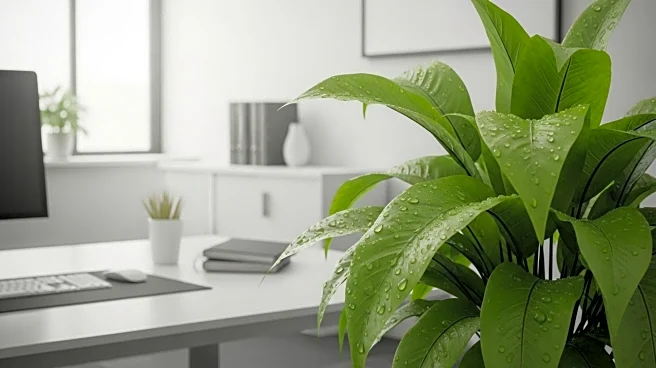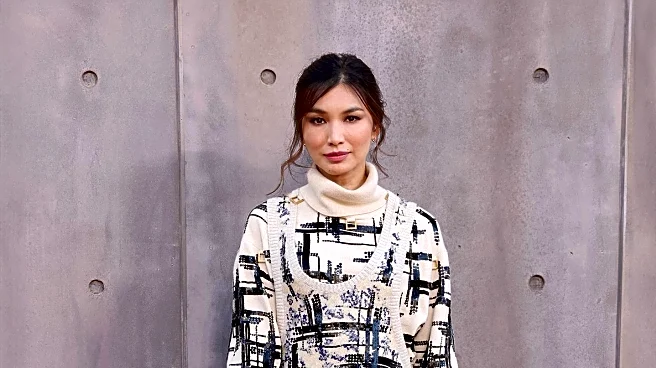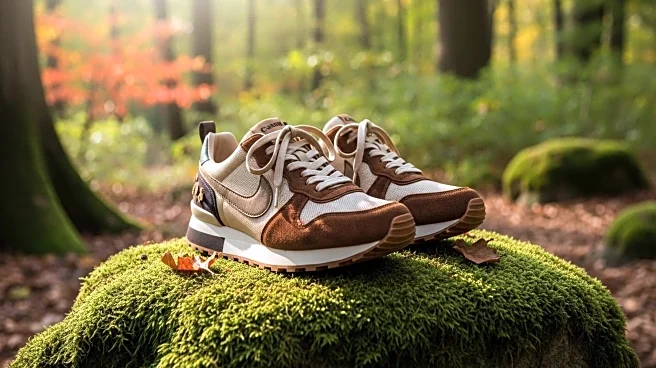What's Happening?
The Barbican Art Gallery is hosting the 'Dirty Looks' exhibition, showcasing the works of over 60 designers who incorporate themes of dirt and decay into their fashion collections. The exhibition, running from September 25 to January 25, features renowned designers like Vivienne Westwood, John Galliano, and Rick Owens. Curator Karen Van Godtsenhoven aims to explore sustainability and regeneration in fashion, highlighting how designers use nontraditional materials and techniques to connect with the earth. The exhibition traces the historical context of these aesthetics, including the use of mud and organic materials in runway shows.
Why It's Important?
The 'Dirty Looks' exhibition underscores the fashion industry's growing focus on sustainability and environmental consciousness. By showcasing innovative uses of materials like deadstock fabrics and natural dyes, the exhibition highlights the creative potential of sustainable practices. This reflects a broader industry trend towards circular fashion, where designers are increasingly prioritizing eco-friendly methods. The exhibition's emphasis on connecting fashion with nature resonates with consumers' increasing demand for ethical and sustainable products, potentially influencing future design trends.
What's Next?
The exhibition may inspire designers to further explore sustainable practices and materials, potentially leading to new collaborations and innovations in eco-friendly fashion. As the industry continues to grapple with environmental challenges, exhibitions like 'Dirty Looks' could play a crucial role in shaping public discourse and encouraging sustainable consumer behavior. The success of the exhibition may also prompt other galleries to host similar events, expanding the conversation around sustainability in fashion.
Beyond the Headlines
The exhibition raises deeper questions about the relationship between fashion and nature, challenging traditional perceptions of beauty and luxury. By embracing themes of decay and dirt, designers are redefining aesthetic values and exploring the cultural significance of imperfection. This shift towards embracing natural elements reflects broader societal changes in attitudes towards sustainability and environmental stewardship.


